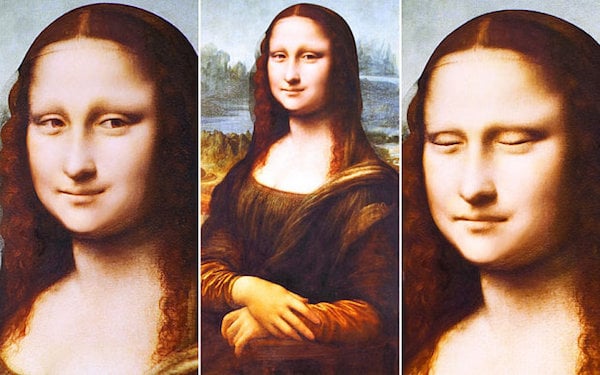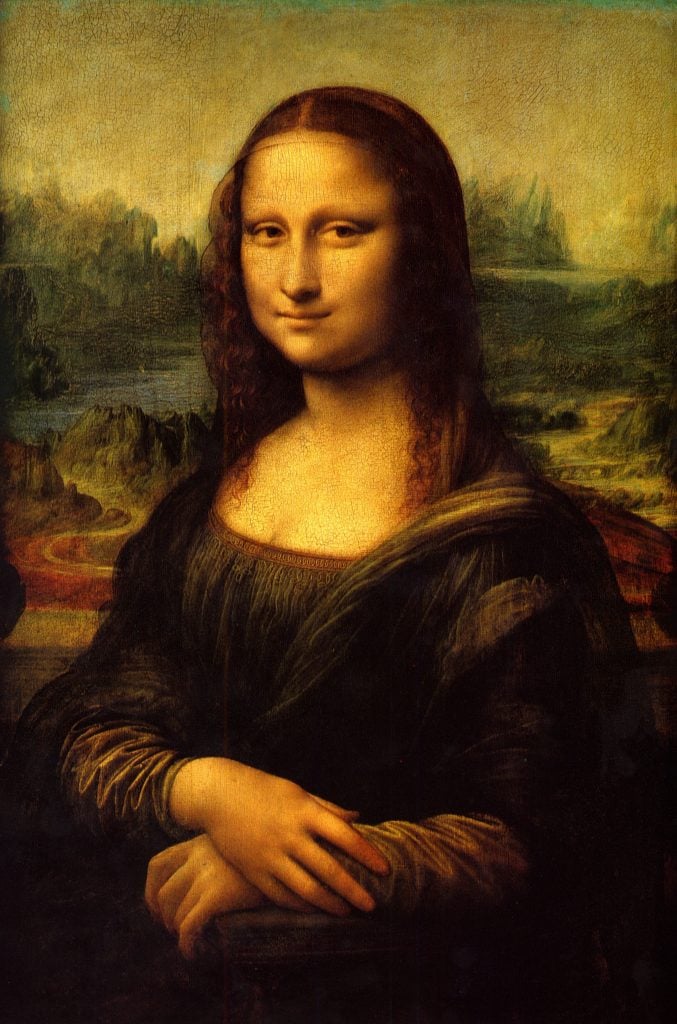Art World
Scientists Bring Leonardo Da Vinci’s Mona Lisa to Life


Lorena Muñoz-Alonso

For centuries, millions of art lovers have been captivated by Mona Lisa’s enigmatic frozen smile, but thanks to new AI processing, frozen it is no more.
A team of 40 French technicians and artists have spent the last year working on the “Living Mona Lisa,” in which the use of a motion sensing device—similar to those employed in interactive video games—has produced a version that can follow viewers’ movements with her eyes, pucker her lips, and even frown.
“Now she can sense changes in her surroundings,” Florent Aziosmanoff, who came up with the idea for the project, told the Telegraph. “Leonardo da Vinci tried to make her come alive, so it’s appropriate that we’ve taken his intentions a few steps further,” he added.
The “Living Mona Lisa,” thus, can react “depending on her mood” according to Jean-Claude Heudin, head of the Paris Internet and Multimedia Institute, which developed the artificial intelligence systems.

Leonardo da Vinci, Mona Lisa (c. 1503–06). Courtesy of the Louvre, Paris.
Aziosmanoff, who specializes in “digital, living art,” said he chose the Mona Lisa because “she is the best known and one of the most iconic characters in the history of art.”
The “Living Mona Lisa” will be produced in different sizes and formats, and will hit the shops next autumn, with prices starting at “a few hundred euros.” Miniature versions will also be produced.
“This is primarily an artistic project, not a commercial one,” Aziosmanoff said, “but we want to make paintings cheap enough for tourists to buy and take home as a souvenir.”
You can see images of the “Living Mona Lisa” in action here.